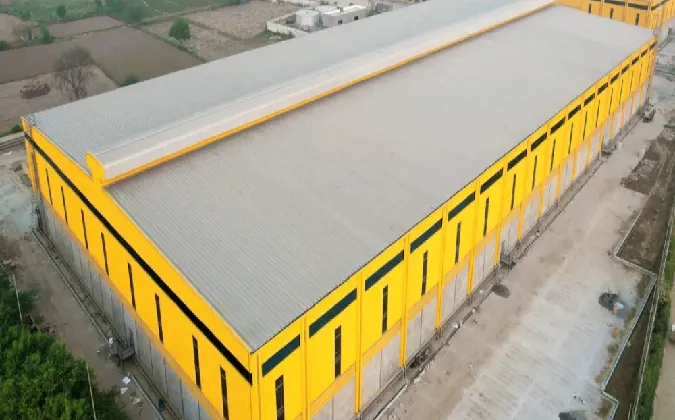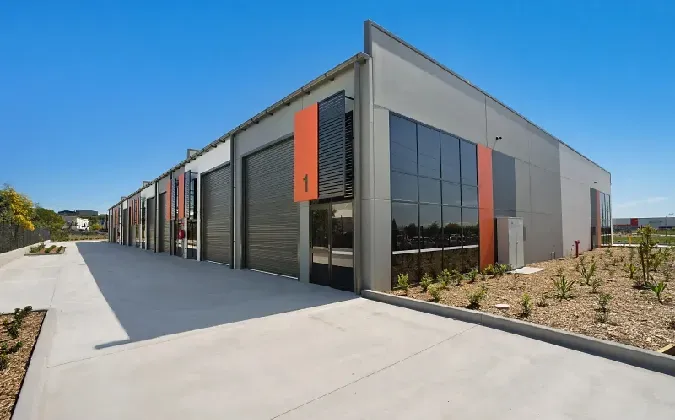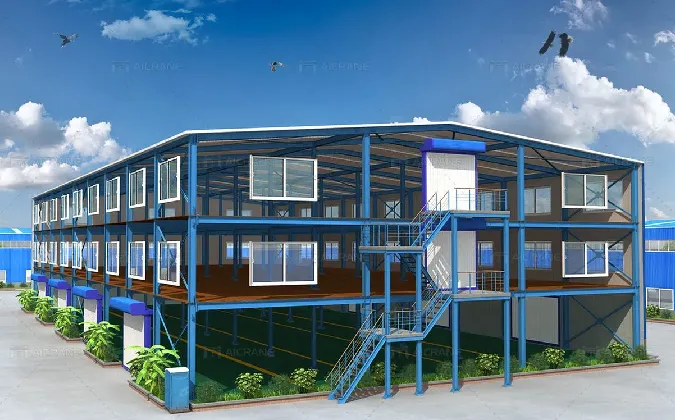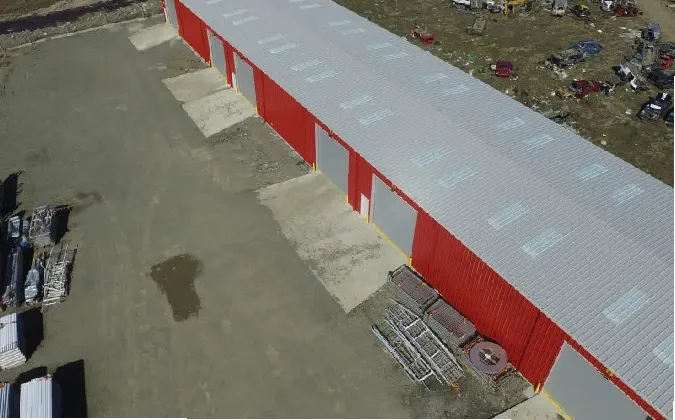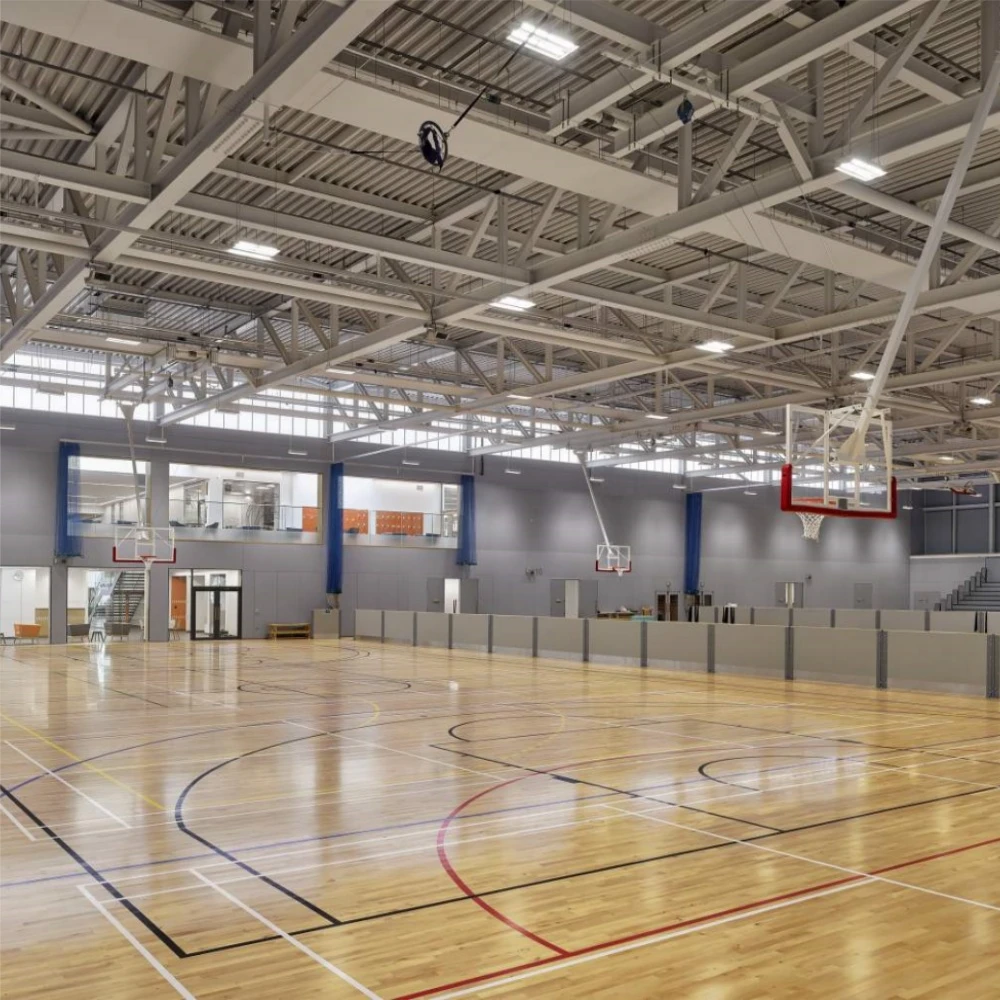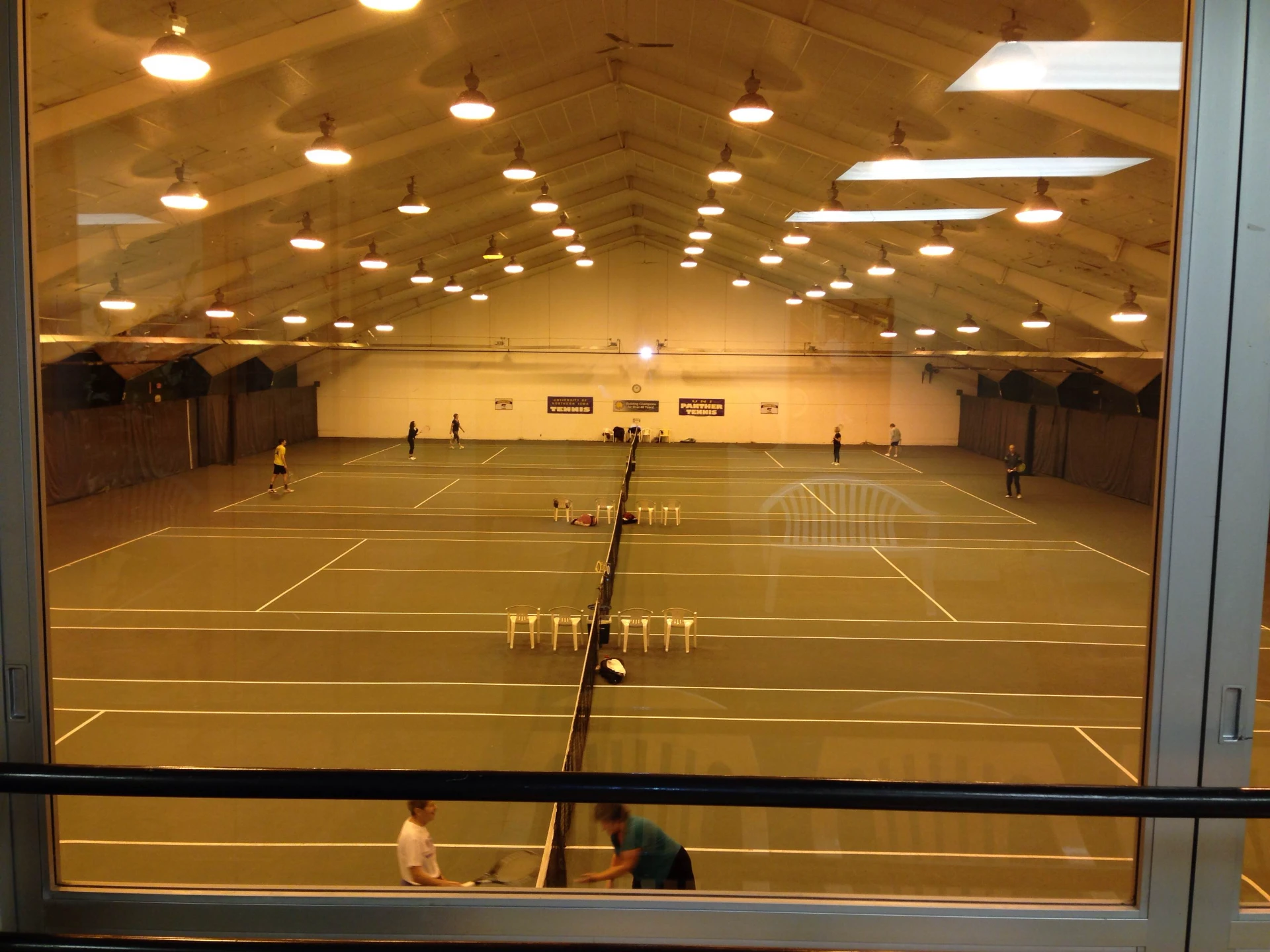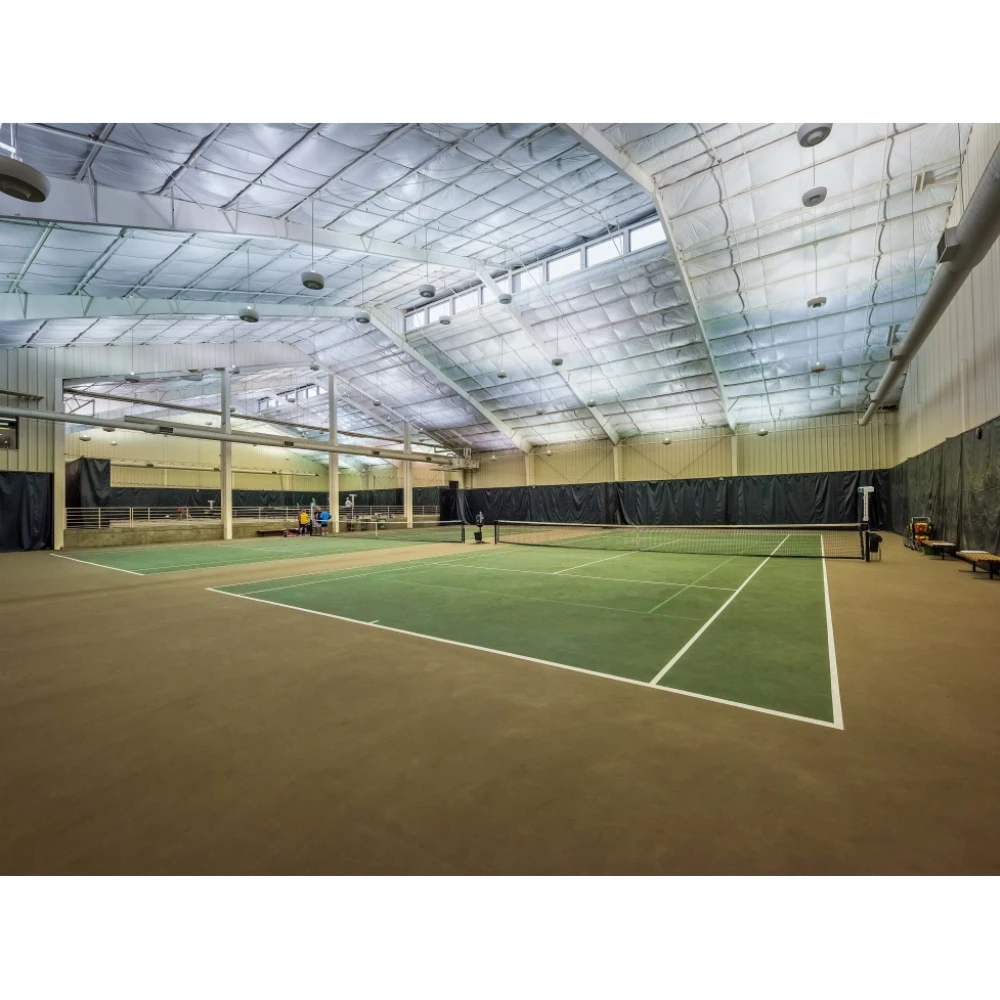- Afrikaans
- Albanian
- Amharic
- Arabic
- Armenian
- Azerbaijani
- Basque
- Belarusian
- Bengali
- Bosnian
- Bulgarian
- Catalan
- Cebuano
- Corsican
- Croatian
- Czech
- Danish
- Dutch
- English
- Esperanto
- Estonian
- Finnish
- French
- Frisian
- Galician
- Georgian
- German
- Greek
- Gujarati
- Haitian Creole
- hausa
- hawaiian
- Hebrew
- Hindi
- Miao
- Hungarian
- Icelandic
- igbo
- Indonesian
- irish
- Italian
- Japanese
- Javanese
- Kannada
- kazakh
- Khmer
- Rwandese
- Korean
- Kurdish
- Kyrgyz
- Lao
- Latin
- Latvian
- Lithuanian
- Luxembourgish
- Macedonian
- Malgashi
- Malay
- Malayalam
- Maltese
- Maori
- Marathi
- Mongolian
- Myanmar
- Nepali
- Norwegian
- Norwegian
- Occitan
- Pashto
- Persian
- Polish
- Portuguese
- Punjabi
- Romanian
- Russian
- Samoan
- Scottish Gaelic
- Serbian
- Sesotho
- Shona
- Sindhi
- Sinhala
- Slovak
- Slovenian
- Somali
- Spanish
- Sundanese
- Swahili
- Swedish
- Tagalog
- Tajik
- Tamil
- Tatar
- Telugu
- Thai
- Turkish
- Turkmen
- Ukrainian
- Urdu
- Uighur
- Uzbek
- Vietnamese
- Welsh
- Bantu
- Yiddish
- Yoruba
- Zulu
Sep . 12, 2024 15:41 Back to list
Light Gauge Steel Frame Construction An Overview
In recent years, the construction industry has witnessed significant technological advancements, and one of the most noteworthy developments is the use of light gauge steel frame construction. This innovative approach has gained popularity due to its strength, efficiency, and versatility, making it an ideal choice for a variety of building types.
Light gauge steel is manufactured from thin sheets of steel that are cold-formed into various shapes, allowing for the creation of frames that are both sturdy and lightweight. This construction method offers several advantages over traditional materials like wood and concrete. For starters, light gauge steel has a high strength-to-weight ratio, which means that structures can be built to withstand greater loads without adding excessive weight. This is particularly beneficial in areas prone to extreme weather conditions, such as high winds or heavy snow.
One of the main benefits of light gauge steel frame construction is its speed of assembly. The prefabricated steel sections can be quickly and easily transported to the construction site, where they can be erected rapidly. This significantly reduces the time required for construction, which can ultimately lower labor costs and make projects more economically viable. Moreover, the precision engineering involved in creating these steel components leads to minimal waste and reduces the likelihood of errors during assembly.
light gauge steel frame construction
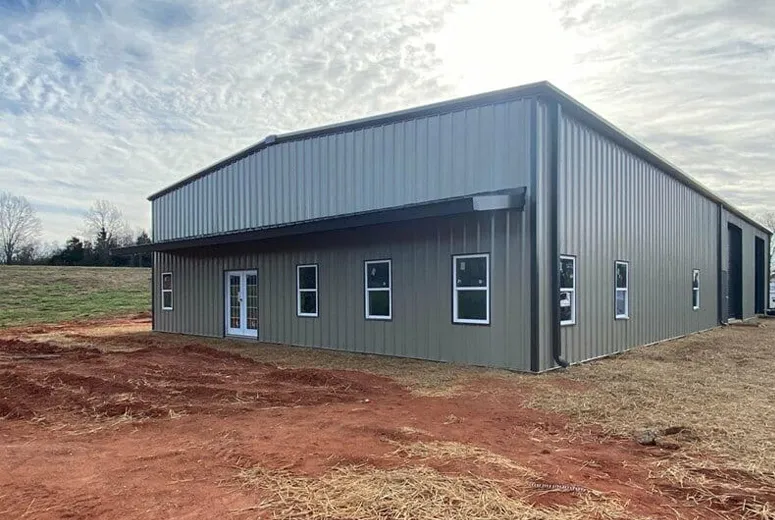
Sustainability is another crucial factor that has driven the adoption of light gauge steel frame construction. Steel is a highly recyclable material, and using it in building projects helps to minimize the environmental impact. Unlike traditional wood framing, which can lead to deforestation, steel can be sourced from recycled materials, promoting a more sustainable approach to construction. Additionally, structures built with light gauge steel can be designed for energy efficiency, incorporating insulation and other features that reduce energy consumption during operation.
The versatility of light gauge steel frame construction also opens up new design possibilities. Architects and designers can explore a wide range of aesthetics, as the material can be shaped and molded to create unique and contemporary building designs. This flexibility allows for innovative solutions that can cater to the specific needs and preferences of clients.
However, it is essential to consider some challenges associated with light gauge steel construction. For instance, while steel is resistant to rot and pests, it can be susceptible to corrosion if not properly treated. Therefore, appropriate protective coatings and regular maintenance are necessary to ensure the longevity of steel structures. Additionally, thermal conductivity can be a concern, necessitating careful planning to ensure that insulation is appropriately installed to enhance energy efficiency.
In conclusion, light gauge steel frame construction presents a modern, efficient, and sustainable alternative to traditional building methods. Its strength, quick assembly, and design flexibility make it an attractive choice for a variety of construction projects, from residential homes to commercial buildings. As the construction industry continues to evolve, light gauge steel is likely to play an increasingly prominent role in meeting the demands of a changing world, paving the way for innovative, sustainable, and resilient structures.
-
How Do Prefabricated Steel Structures Transform Modern Construction?
NewsJul.14,2025
-
How Do Prefabricated Metal Buildings Redefine Modern Construction?
NewsJul.14,2025
-
How Do Prefab Insulated Metal Buildings and Steel Structures Revolutionize Modern Construction?
NewsJul.14,2025
-
How Do Pre - Engineered Steel Structures Redefine Modern Construction?
NewsJul.14,2025
-
Advancing Modular Construction with Prefabricated Metal Structures
NewsJul.14,2025
-
Advancing Industrial Infrastructure with Prefabricated Steel Solutions
NewsJul.14,2025
Products categories
Our Latest News
We have a professional design team and an excellent production and construction team.






